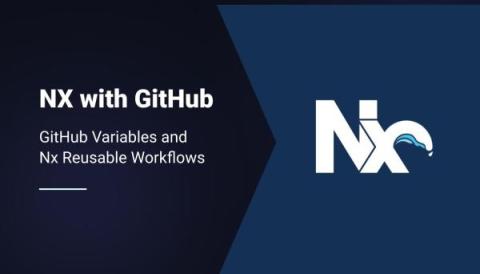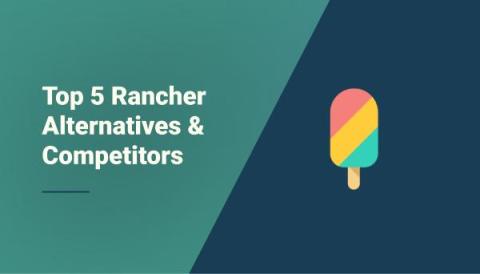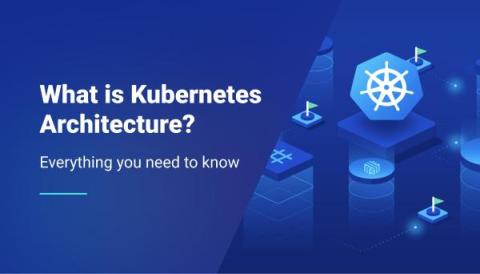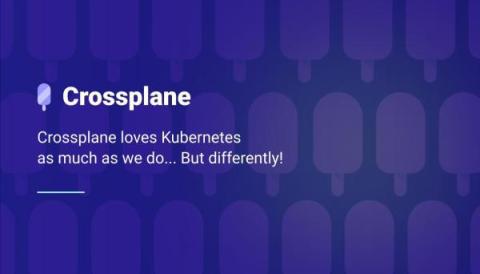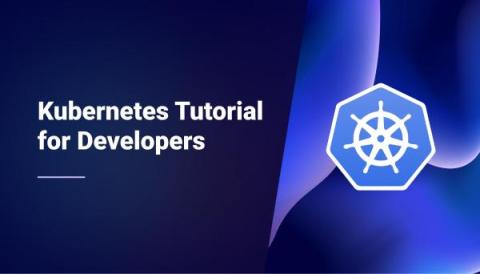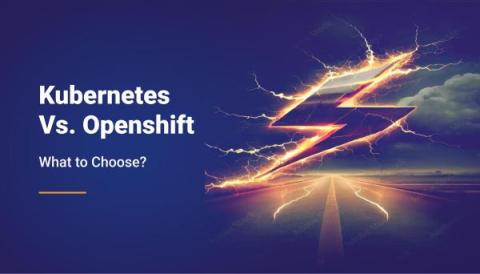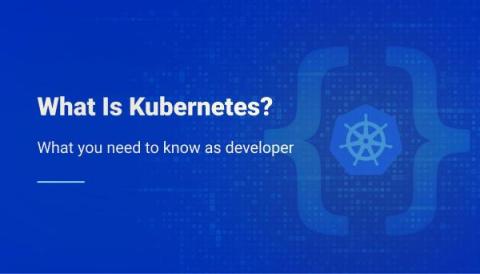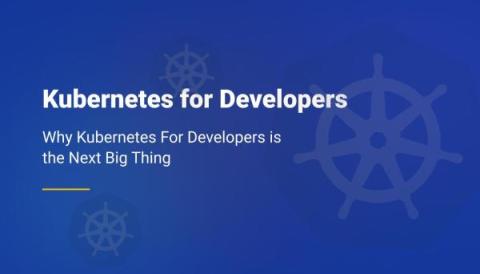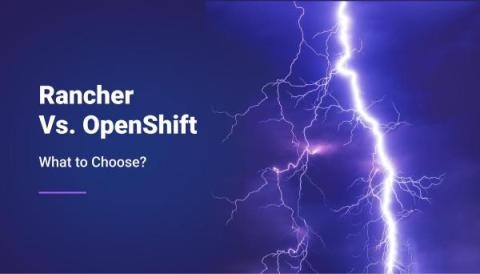Qovery Named G2 Momentum Leader Winter 2024
We are thrilled to share the exciting news that Qovery has once again been recognized as a Momentum Leader for DevOps in the Winter 2024 Grid Report. This marks the third consecutive time we've received this prestigious acknowledgment, and we couldn't be more grateful for the ongoing support of our incredible community of users 🙏



